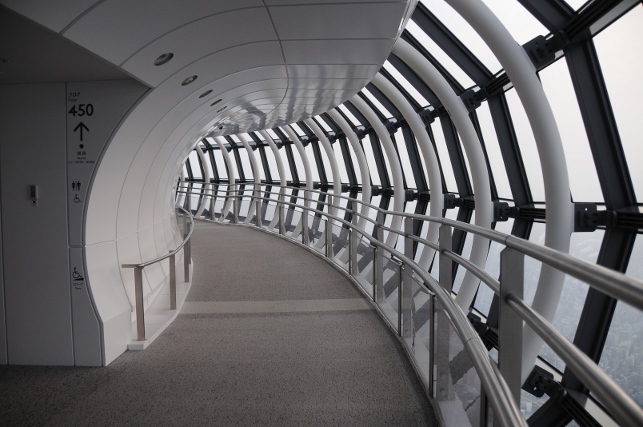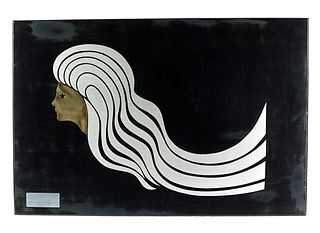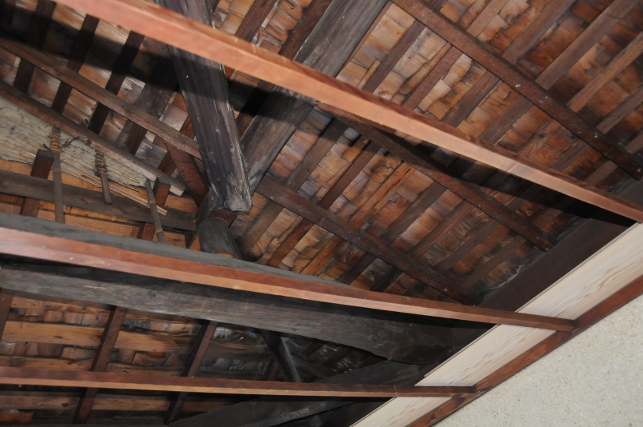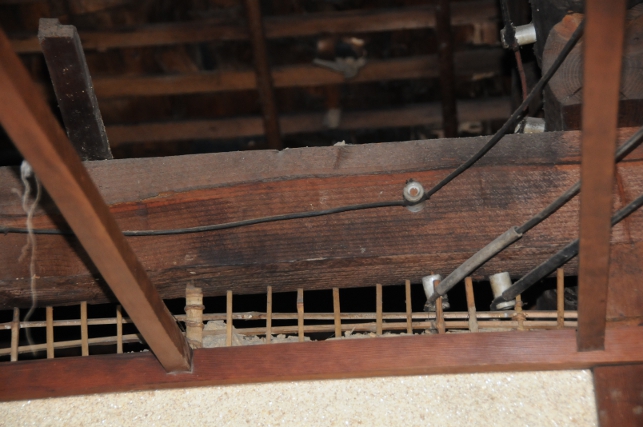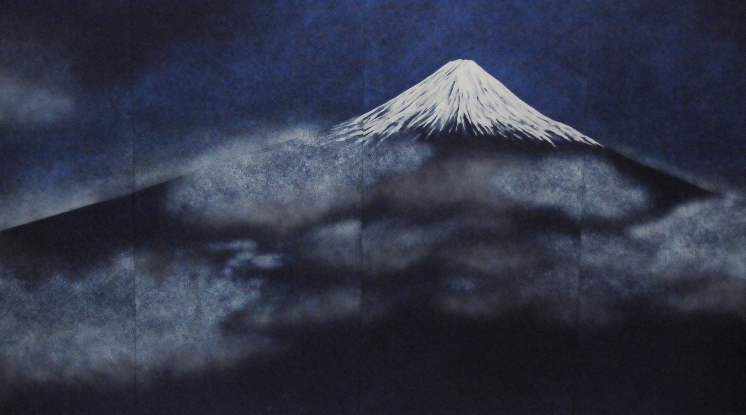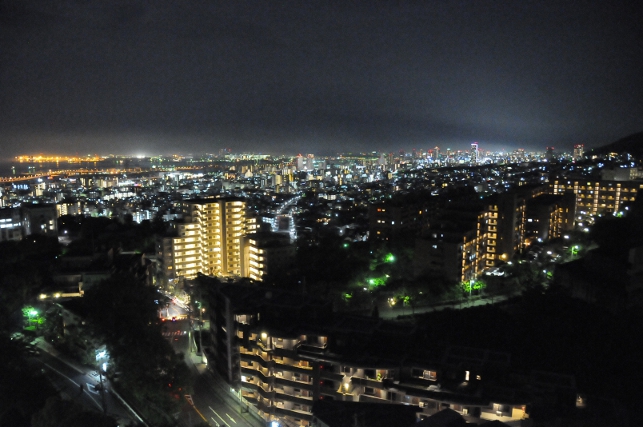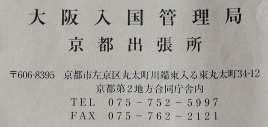I am back from my trip to Tokyo, and I’m rather tired now. I got everything done and even had some free time to do some sightseeing. Tokyo is a very modern city, and instead of historically and interesting sights you have in Kyoto, you need to go into another direction to find interesting things to do in Tokyo. So, I chose the most modern sightseeing spot you can find Tokyo right now to spend a few hours there yesterday afternoon and early evening.
I went to and up (and then down again) the Skytree. Isn’t it fantastic: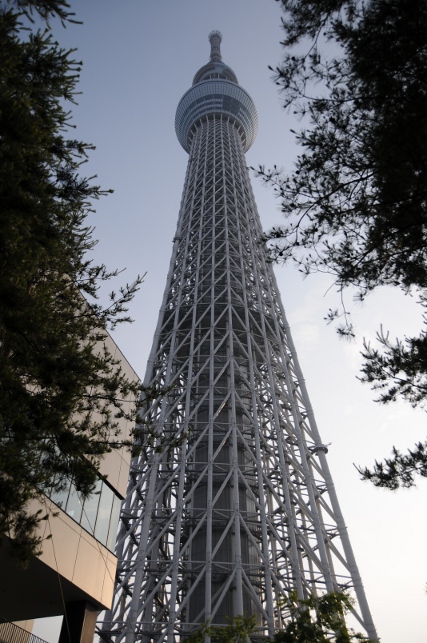 The Skytree was built over four years, and since its official opening on May 22, 2012, is the highest tower in the world, standing 634 m tall. Its main purpose is that of a broadcasting tower; it was built so high to avoid interferences from all the skyscrapers in Tokyo. And while they were pouring the concrete, they also built a shopping mall beneath it (of course), an aquarium, a planetarium,…
The Skytree was built over four years, and since its official opening on May 22, 2012, is the highest tower in the world, standing 634 m tall. Its main purpose is that of a broadcasting tower; it was built so high to avoid interferences from all the skyscrapers in Tokyo. And while they were pouring the concrete, they also built a shopping mall beneath it (of course), an aquarium, a planetarium,… 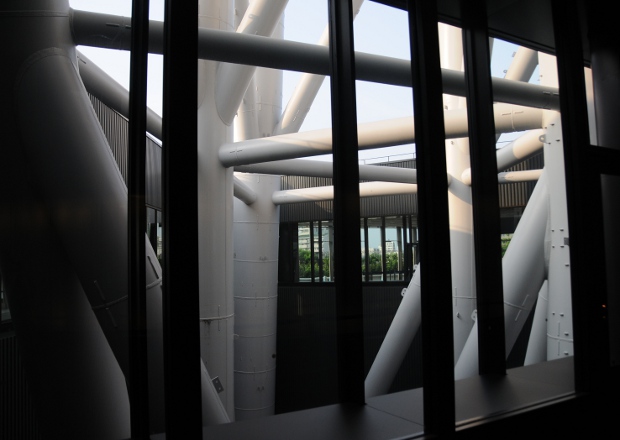 The Skytree has two observation decks, the first one is called Tembo, where there are – actually on three floors (called 340th, 345th, and 350th floor) – a 360 degree view over Tokyo, a souvenir shop (of course) and a restaurant, as well as two cafés. Smaller attractions there are holes in the floor of the lowest deck, and very cool interactive maps of the surroundings where you can zoom in and out, change the view from day to night, and look at the history of the city.
The Skytree has two observation decks, the first one is called Tembo, where there are – actually on three floors (called 340th, 345th, and 350th floor) – a 360 degree view over Tokyo, a souvenir shop (of course) and a restaurant, as well as two cafés. Smaller attractions there are holes in the floor of the lowest deck, and very cool interactive maps of the surroundings where you can zoom in and out, change the view from day to night, and look at the history of the city.
From the Tembo observation deck you can take one of two elevators an extra 100 m up to what is called the Tembo galleria, a wonderful walkway that takes you up in a spiral to the highest point you can reach in the tower as a visitor: the so-called sorakaba point at 451.2 metres. Needless to say that this is exactly the spot to take a selfie… The galleria is very nice, especially if you like steel and glass, but I think it is only worth the extra 1000 YEN on a very fine day, because the view is the only thing you have up there. I am sure the view is spectacular – if it is clear enough, that is… Although it did not rain yesterday, it was very hazy, and once again, I could not see Mount Fuji.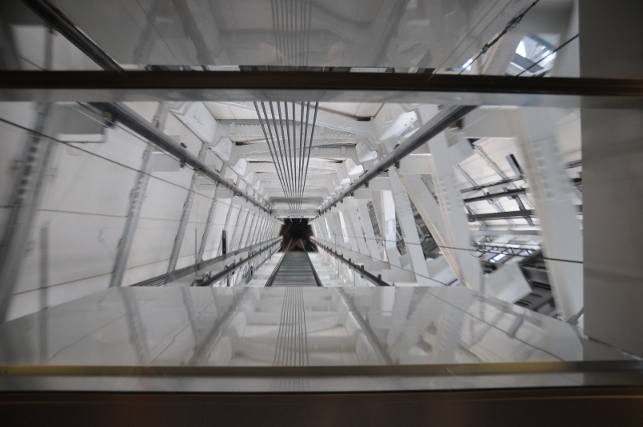 The tower became very crowded just before sunset, and Tokyo by night is indeed quite a sight! Once again, the whole experience is very organized: People leave and enter the tower and even the two decks on different floors, so people in/out, or up/down will never get in each other’s way. You can buy an advance ticket which allows you to enter the tower without queueing up for a ticket (and, according to the space that is allocated, the queues can be very long indeed), but they are more expensive than if you just go and wait in line. I did not have to wait, as it was Tuesday afternoon, but I guess that the Skytree will become very crowded in the weekends.
The tower became very crowded just before sunset, and Tokyo by night is indeed quite a sight! Once again, the whole experience is very organized: People leave and enter the tower and even the two decks on different floors, so people in/out, or up/down will never get in each other’s way. You can buy an advance ticket which allows you to enter the tower without queueing up for a ticket (and, according to the space that is allocated, the queues can be very long indeed), but they are more expensive than if you just go and wait in line. I did not have to wait, as it was Tuesday afternoon, but I guess that the Skytree will become very crowded in the weekends.
Okay, a few more facts about the Skytree to satisfy the nerd in me (and in other people as well): As mentioned above, it is 634 m high, the numbers can be read in Japanese as “mu-sa-shi”, which is a nod to the old name of the area in which the tower stands. At the base, the Skytree’s cross-section is shaped like an equilateral triangle, but the higher you come, the more and more round it becomes – this progress is depicted in the elevator as you go up, by the way – and the Tembo observation deck on 350 m already has a circular cross-section. This makes the base very stable, and the top is such that it can withstand high winds easily. Depending under which angle the Skytree is viewed, this change of diameter shows a different shape from below.
At the centre of the tower is a 375 m high concrete pillar. This and the steel structures surrounding it can move independently to absorb up to 50 % of the shock from earthquakes. Interestingly, this appears to be an ancient way to construct high buildings – traditional five storied pagodas were built using the same principle.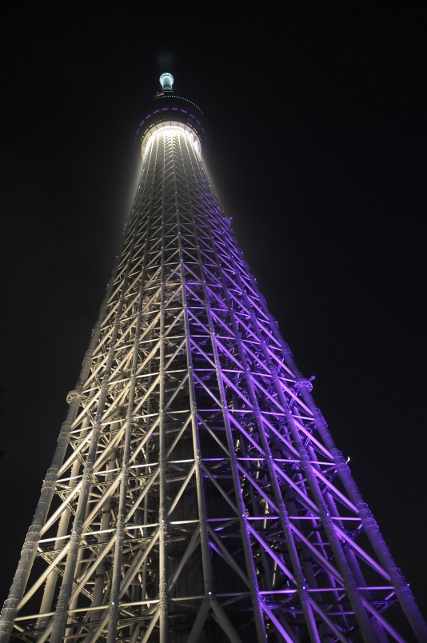 The tower is painted a special type of white, also coming from old, traditional sources, and in the night it is lit by LED’s in two different styles that alternate daily – the purple one I saw uses a colour that is reminiscent of the old Edo court, when the Shogun and the samurai were still in charge of Japan. There are four elevators to the Tembo deck, and, if you can believe the display in them, their maximum speed is 600 m/min. Well, we did not travel very long, that’s for sure. Two more elevators – this time with a glass door and a glass top to “heighten anticipation of the visitors” lead to the galleria in 450 m height.
The tower is painted a special type of white, also coming from old, traditional sources, and in the night it is lit by LED’s in two different styles that alternate daily – the purple one I saw uses a colour that is reminiscent of the old Edo court, when the Shogun and the samurai were still in charge of Japan. There are four elevators to the Tembo deck, and, if you can believe the display in them, their maximum speed is 600 m/min. Well, we did not travel very long, that’s for sure. Two more elevators – this time with a glass door and a glass top to “heighten anticipation of the visitors” lead to the galleria in 450 m height.